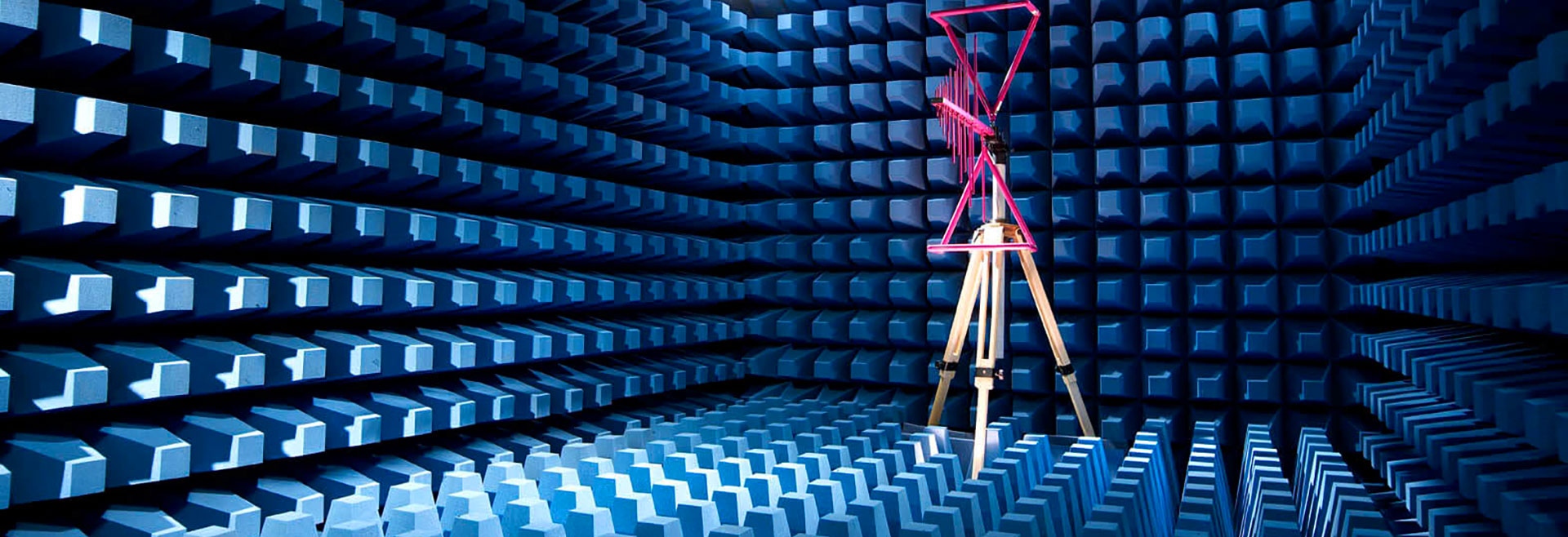

EUROLAB, with its state-of-the-art accredited laboratories and expert team, provides precise and fast testing services within the scope of EN 62153-4-2 testing. Defines the injection clamp test method that determines the shielding attenuation (as) of coaxial cables and the coupling attenuation (ac) of balanced shielded or unshielded data cables over a frequency range from 30 MHz to 1000 MHz and dynamic range.
---ekranlama-ve-kuplaj-zayiflamasi---enjeksiyon-kelepcesi-yontemi.jpg)
Using an injection clamp according to IEC 61000-4-6, this is equivalent if power is injected or sensed into the external circuit (law of reprocity). Power must be injected into the external circuit to qualify high-performance cables and achieve high dynamic range. When testing the CUT with a coupling attenuation of less than 90 dB, reverse (sensing) mode is also possible.
A common-mode electromagnetic field is injected into the outer (secondary) circuit of the cable through an injection clamp, while the signal in the inner (primary) circuit is detected. In the case of balanced cables, the resulting differential mode signal in the internal system is sensed through a well-balanced balun transformer.
The effective length of the test specimen is limited by the injection clamp and the opposite ferrite absorber. By definition, this gap between the clamp and the ferrite absorber will be exactly 500 cm given the limited dimensions of the shielded chambers.
Balanced test specimens shall have a minimum length of 100 m. The portion of the cable behind the far end termination plate can be wound onto a drum. To avoid overlapping, a distance of at least 1 m should be left to the effective cable length.
Coaxial test specimens need not be longer than the effective cable length plus the length of the injection clamp and ferrite absorber plus the additional length for both endplate panels.
EUROLAB assists manufacturers with EN 62153-4-2 test compliance. Our test experts, with their professional working mission and principles, provide you, our manufacturers and suppliers, the best service and controlled testing process in our laboratories. Thanks to these services, businesses receive more effective, high-performance and quality testing services and provide safe, fast and uninterrupted service to their customers.
To get an appointment, to get more detailed information or to request an evaluation, you can ask us to fill in our form and reach you.